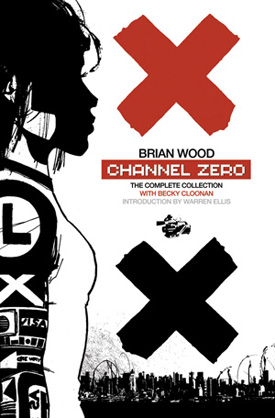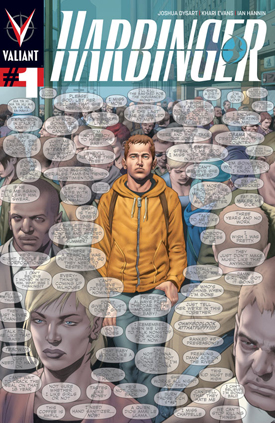Comic Book & Graphic Novel Round-Up (6/6/12)

Each week, Paste reviews the most intriguing comic books, graphic novels, graphic memoirs and other illustrated books.

Only Skin
by Sean Ford
Secret Acres, 2012
Rating: 8.2
Secret Acres doesn’t like to do anything easy, and Sean Ford’s Only Skin is a perfect fit for the publisher. The tale features two siblings attempting to deal with their father’s death and a series of mysterious attacks and disappearances in a small town surrounded by wilderness. The only thing about this narrative that’s black and white is the art. Everything else focuses on the oddness, liminality and flaws in jumping to conclusions. Rather than favoring vigilante action, Only Skin wants you to hold back and think before rushing off into danger, especially as there might not be an answer to your question. What’s more frightening: the unknown in the woods or the unknown in your neighbors? Ford doesn’t come down on one side or the other, but beautifully teases out the horror in his premise. The presence of a ghost who resembles the iconic sheet with eyes and a mouth is a particularly interesting choice, seemingly harmless and all the more frightening for it. The ending leaves one unsettled in a way that’s rare in any medium and calls to mind Werner Herzog’s gift for evoking the uncanny in a truly Freudian sense. (HB)

-

-

-

-

-

-

-

-

-

-

-

-

-

-

-

-

-

-

-

-

-

-

-

-

-

-

-

-

-

-

-

-

-

-

-

-

-

-

-

-










































